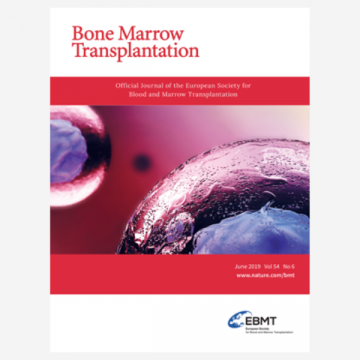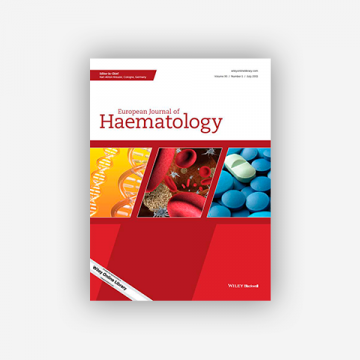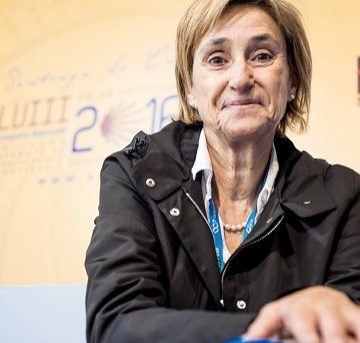
American Journal of Hematology
Fecha de publicación: 5 de abril de 2021
Autores: Ning Dong, Franco Castillo Tokumori, Leidy Isenalumhe, Yumeng Zhang, Ankita Tandon, Todd C. Knepper, Qianxing Mo, Haipeng Shao, Ling Zhang, Lubomir Sokol
DOI: https://doi.org/10.1002/ajh.26183
Background: Large granular lymphocytic leukemia (LGLL) is a rare hematological malignancy that arises from cytotoxic T lymphocytes (T-LGLL) in 85% of cases and natural killer (NK) cells in the rest. A significant knowledge gap exists regarding the pathogenesis, treatment choices, and prognostic factors of LGLL. We report a cohort of 319 consecutive LGLL patients who presented to our cancer center between 2001 and 2020. A total of 295 patients with T-LGLL and 24 with chronic NK-cell lymphoproliferative disorder (CLPD-NK) were identified. The median age was 65 years (range, 17–90 years). Eighty-three patients (26.0%) had autoimmune diseases. A total of 119 patients (37.3%) had coexisting malignancies, 66 (20.7%) had solid tumors, and 59 (18.5%) had hematological malignancies. Most coexisting malignancies were diagnosed before the diagnosis of LGLL. Treatment was needed for 57% of patients. Methotrexate (MTX), cyclophosphamide (Cy), and cyclosporine A (CSA) were most used and had similar response rates between 61.5%–74.4%. Cy produced more complete responses (32.3%) compared to MTX and CSA (15.7% and 23.1%, respectively). Thrombocytopenia, splenomegaly, and female gender (after controlling for autoimmune diseases) were associated with decreased response rates to MTX, CSA, or Cy. Autoimmune diseases were associated with increased response rates. Thrombocytopenia was an independent risk factor for worse survival.
Leer más















Comentarios
Para dejar un comentario antes debes iniciar sesión:
¿No tienes una cuenta?
Regístrate a través de éste enlace.